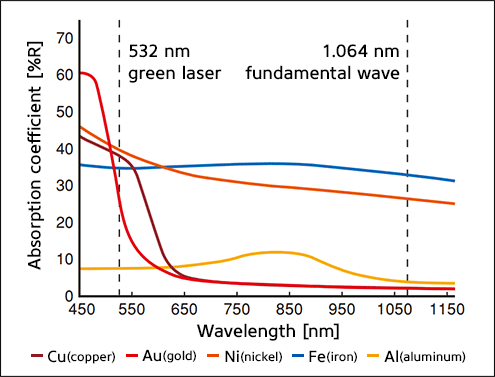@Hot Water posted:Technically, the rail does NOT "buckle" or "kink". As the rails expand from the heating, and if the anti-creepers attached to the bottom of the rails, which contact the sides of the ties, fail to contain the expansion from the heating, then the whole track structure may move ever-so slightly out of alignment (maybe only a few inches or a few feet, depending on the roadbed). When a train at speed runs in to/on to that misalignment, derailment generally occurs, and that is why in high heat conditions, train speeds are lowered.
That makes more sense to me than potential explanations from others who have used the terms "buckle" and "kink".








